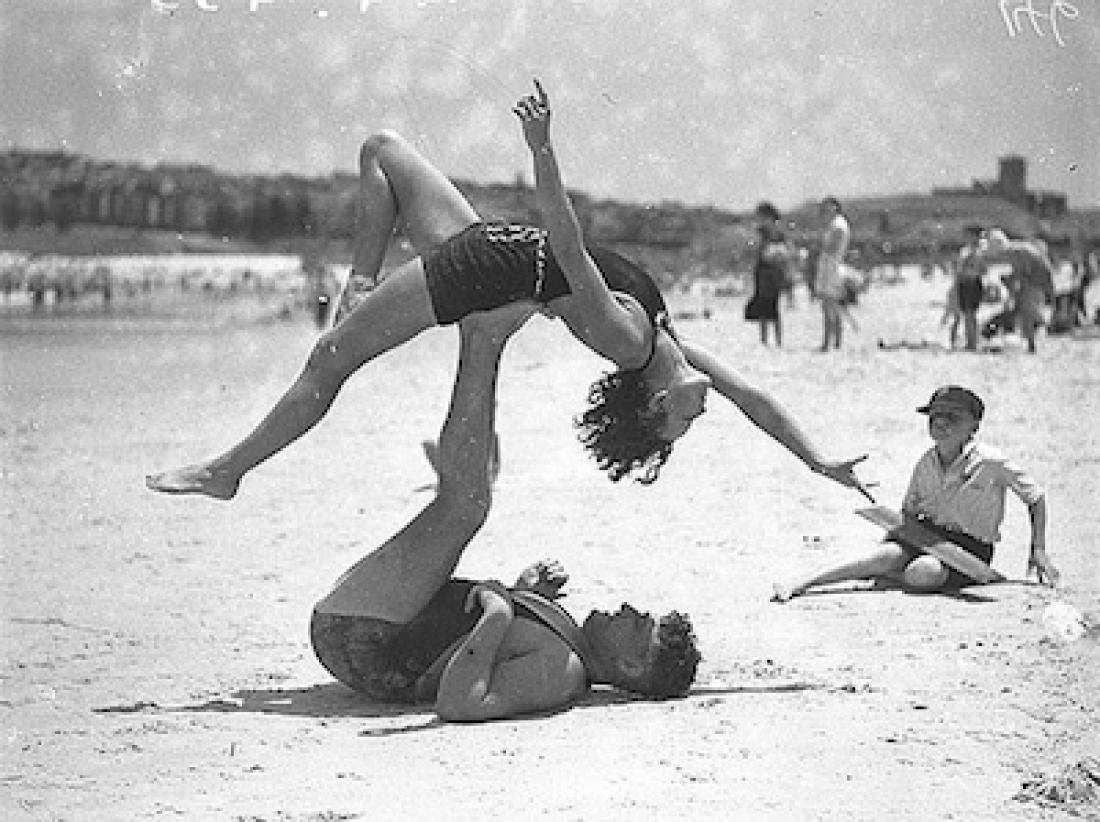What goals does Coding da Vinci pursue?
Coding da Vinci's project archive is a growing inspiration to curators and managers of digital collections. There, they can find and experience the potential inherent to openly accessible and re-usable cultural data.
With its first regional edition in 2016 Coding da Vinci turned from a Germany-wide to a decentralized event with regional focus. Since then, hackathons have been held in Hamburg, Berlin-Brandenburg, Leipzig, in the Rhein-Main region, in southern Germany, in the region of Westfalia and Ruhr, in Hannover and even crossing borders in the greater region of Saarland, Luxemburg and the Lorraine.
The long term vision of Coding da Vinci is to install lasting structures that allow cultural institutions to work with interested members of civil society on the basis of open data. We want to bring about structural change in cultural heritage institutions, put open data as a subject on the political agenda and popularise the accessibility of cultural heritage in all parts of society.
Which opportunities does the digital era offer to cultural institutions?
What is the creative energy unleashed by making digital cultural data openly accessible and freely usable? Digital availability of cultural goods changes the relationship between cultural institutions and individuals interested in culture.
Unfortunately, this potential is often overlooked. However, in our increasingly digital world, online interaction with visitors is key for archives, museums, libraries and other cultural institutions.
More and more cultural institutions are digitalising their collections, opening up the possibility to grant access to these collections to a wider public. At the same time there are many concerns that opening up digital cultural heritage could somehow devalue it if it were to be used out of context or re-used for commercial purposes. Some institutions even fear that their status as an authority may be undermined. Coding da Vinci wants to alleviate these concerns. It is about time that we actively explore the perspectives and questions that digitisation brings up!
How is cultural data used at Coding da Vinci?
Mash it!
Increase knowledge and get new insights by combining different datasets: We have tons of cultural data. We have the API of the German Digital Library. We have the API of Wikipedia. We have Open Street Map. … What are you going to do with them? Mash it!
Examples: Linked open data, data analysis, Mashup, new contextualisation
Move it!
We want to facilitate engagement in the cultural sector and reduce barriers: Take the cultural objects out of the institutions and bring them into the digital sphere – Move it!
Examples: User experience, augmented reality, social media
Discover it!
We're aiming for playful learning and organisation. Cultural knowledge must be concretely and coherently transmitted: Books are in libraries, documents are in archives, paintings and sculptures are in museums. Diverse objects – multiple approaches. How can these objects be combined so that everyone can access them? Discover it!
Examples: City guides, educational games, research tools, data visualisation
Improve it!
Have fun and impart knowledge at the same time? Present cultural goods in a new manner or make collection data easier to use? Fulfill a wish for a cultural institution! Some interpret paintings and sculptures, others archive films, conserve sounds or collect plants. Everything is related to everything, but how to see collections from a whole new angle? How can specific collections be enriched with the knowledge of the world? what must an institution's toolbox contain nowadays? Improve it!
Examples: Build scrapers, improve data quality, tagging, geolocation



